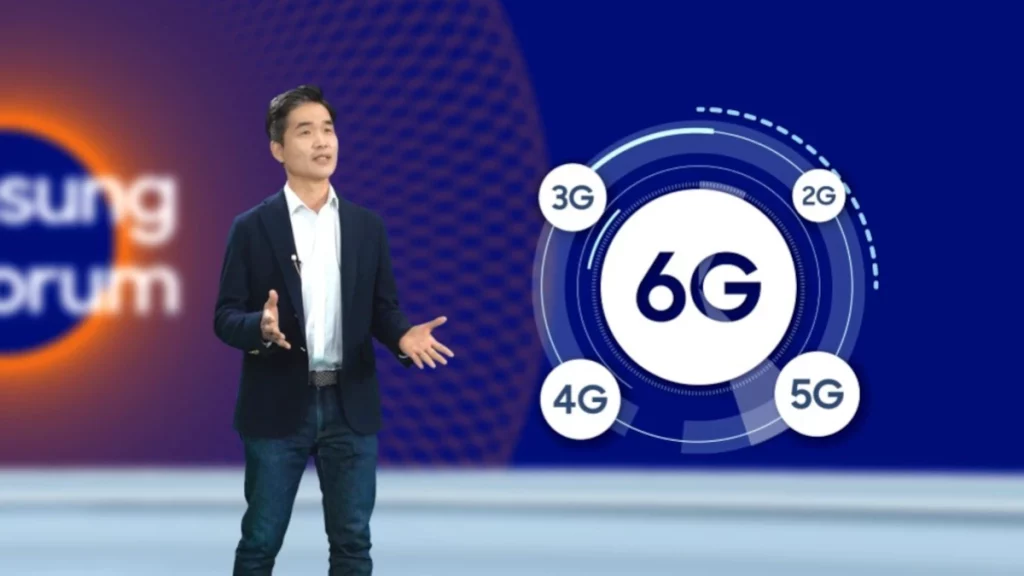With 5G wireless communication technology already being implemented around the world, the focus has shifted to the next generation of wireless networks, 6G. While 5G is already a significant improvement over previous wireless technologies, 6G is expected to bring even more advancements in terms of speed, latency, spectrum, artificial intelligence, security, and energy efficiency. In this regard, understanding the possible differences between 5G and 6G is crucial to grasp the potential of the future of wireless communication. While 5G is still in the process of being rolled out globally, the research and development of 6G is already underway. As per latest reports, China has been testing ultra-fast wireless internet, with download speeds hitting 300Gbps.
US Concerned regarding China’s success with High-Speed Connectivity
The race for 6G is heating up, and the US is afraid of falling behind. Last Friday, the White House met with industry leaders to discuss the next generation of wireless connectivity. The fear is that other countries will lead in the creation of standards for 6G connectivity, and news from China only adds to the US’s concerns. The 25th Institute of the Second Academy of China Aerospace Science and Industry reported a successful wireless transmission at a terahertz (THz) frequency level for the first time, achieving data speeds of 100Gbps. To put this in perspective, a 5G signal running at 1Gbps would be considered fantastic in the US.

The technology uses THz frequencies, which, like the mmWave band for 5G, present challenges in the signal distance and cloud/fog penetration. However, THz communications can deliver wireless transmissions almost as good as transmissions made over fiber. With 6G wireless not expected to launch until 2030, this new technology is an important development that could lead to incredible new services in the entertainment, automobile, and healthcare industries. The US and China will likely continue to compete to develop and perfect the technology with their innovations.
RELATED:
- Redmi Note 12 5G’s new 8GB+256GB variant goes on sale for first time today in India; checkout price, offers
- Vivo Y78+ 5G launched with 120Hz OLED curved-edge display, OIS 50MP camera
- Best Apple Watch Bands 2023
(Via)






